In January 1963, a small red Triumph Spitfire left Coventry carrying the registration 214 MOD. While that may not sound like much, this particular car has the chassis number FC65. What that means is that this little car was the sixty-fifth Spitfire ever built.
This car is one of the earliest Triumph Spitfires known. Cars with chassis numbers FC100 and below were essentially launch-batch models. Surviving examples that early are incredibly rare.
It’s worth noting that surviving examples are highly desirable because:
- They preserve the Michelotti design before later revisions (Mk II–V).
- They have historical interest as part of Triumph’s revival of small British sports cars.
- With matching engine and chassis, this car would be especially desirable if restored properly.
Triumph Spitfire
The Triumph Spitfire had been born from necessity. In the early 1960s, Standard-Triumph needed a light, exportable sports car to sit beneath the TR range. The Herald’s separate chassis provided a good starting point, and designer Giovanni Michelotti transformed that foundation into something that would go on to be a popular car of choice.



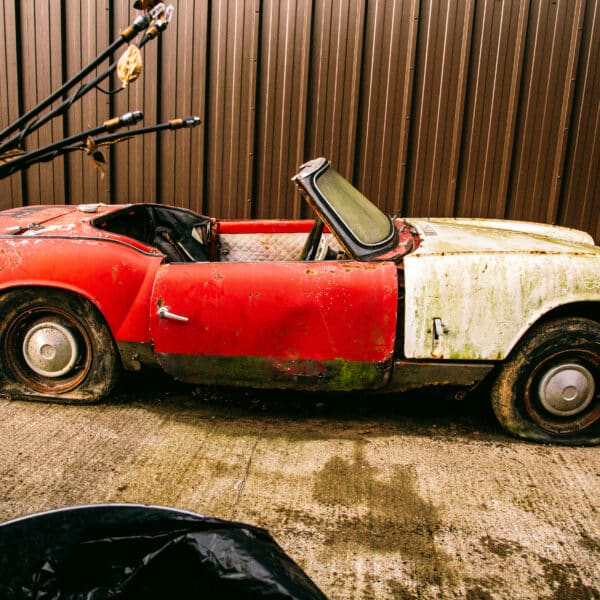
Production began in late 1962. These first cars carried the FC prefix on their commission plates and were built in small numbers as the model took shape. Among these early examples was FC65. Its 1,147 cc four-cylinder engine (FC82HE) remains with the car today. Finished in Signal Red, it was registered on 10th January 1963, making it one of the earliest Spitfires to ever drive on British roads.
Mechanically, the Mk I Spitfire was simple but well-engineered. The 63bhp engine sat low and far back, driving through a four-speed gearbox to a swing-axle rear suspension. Its separate chassis gave a light, nimble feel, and disc brakes up front were a welcome improvement over some of the Spitfire’s rivals. Performance was modest with a top speed of around 92mph. However, it was the accessibility of that performance that made the Spitfire such a success. It was spirited, charming, and thoroughly British.
Inside, early cars like FC65 had thin walnut veneer, wind-down windows and a proper hood. This was much more practical than its competitors, which still used side screens.

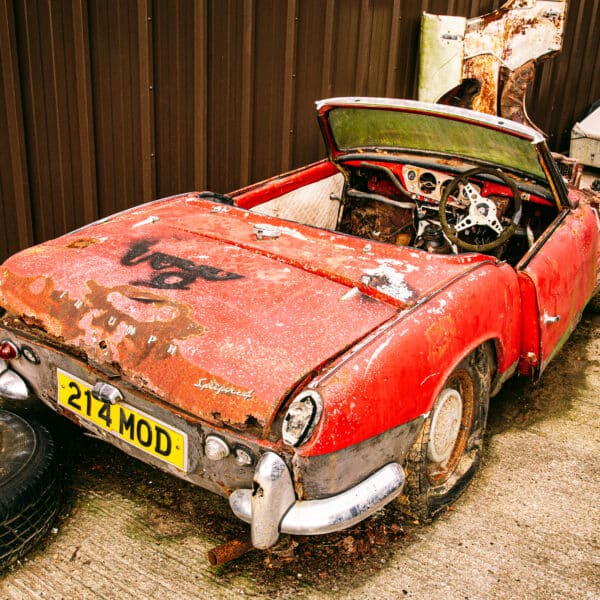


Five distinct models followed this first batch, which FC65 was part of, ending with the 1500 of the late 1970s, but it was the Mk I that started it all. Very few examples survive from those first months of production, and fewer still retain their original matching numbers.
There’s no denying that FC65 is in need of full restoration. However, it is a very rare and important survivor from the Spitfire’s earliest days. Though age and corrosion have clearly left their mark, its identity and originality remain in place.
Regardless of its current state, the 65th Spitfire ever made is certainly an important part of British Motoring History.
Full Details Of FC65
Registration number: 214 MOD
Date of first registration (UK): 10th January 1963
Make: Triumph
Model: Spitfire
Body type: Sports (convertible)
Cylinder capacity: 1,147 cc
Fuel type: Petrol
Colour: Red
Wheelplan: 2-Axle rigid body
Tax class: Historic Vehicle
Chassis / Frame No.: FC65
Engine No.: FC82HE
These are extremely early production numbers in the Triumph Spitfire 4 (Mk I) range. The FC prefix was used exclusively for the Triumph Spitfire Mk I (built late 1962–1964), with the first production Spitfire Mk I chassis numbers starting at FC1 in 1962. That means that FC65 places this example within the first hundred cars ever built, making it an extremely early example, almost certainly produced in late 1962 but first registered in January 1963.
The engine number FC82HE also matches the correct factory numbering for an early Mk I engine.
Factory Production
- Model: Triumph Spitfire 4 (Mk I)
- Production period: October 1962 – December 1964
- Total built: Approx. 45,753 units
- Assembly location: Standard-Triumph Works, Canley, Coventry, England
- Designer: Giovanni Michelotti (body), based on Triumph Herald chassis.
- Factory paint option: “Signal Red” was one of the original colour offerings for early 1963 production.
This car would have been one of the very first production cars leaving Coventry in late 1962, most likely a dealer demo or early retail sale registered right after New Year 1963.
This car is currently for sale
Original Technical Specification
| Specification | Detail |
|---|---|
| Engine | 1,147 cc OHV inline-4, single Zenith-Stromberg carburettor |
| Power output | 63 bhp @ 5,750 rpm |
| Transmission | 4-speed manual, non-synchro 1st gear |
| Chassis | Separate steel frame (modified Herald) |
| Suspension | Front: coil/wishbone; Rear: swing-axle transverse leaf |
| Brakes | Front disc, rear drum |
| Steering | Rack & pinion |
| Weight (kerb) | ~720 kg |
| Top speed (period test) | 92 mph (148 km/h) |
| 0-60 mph | ~16.4 seconds |
Read more automotive industry news



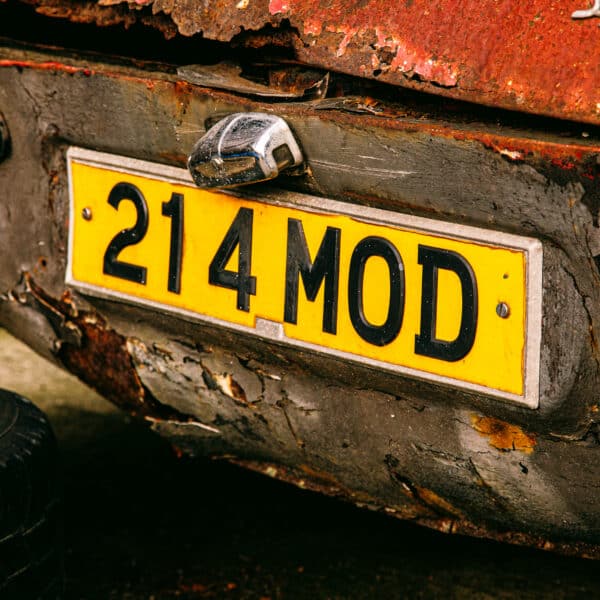
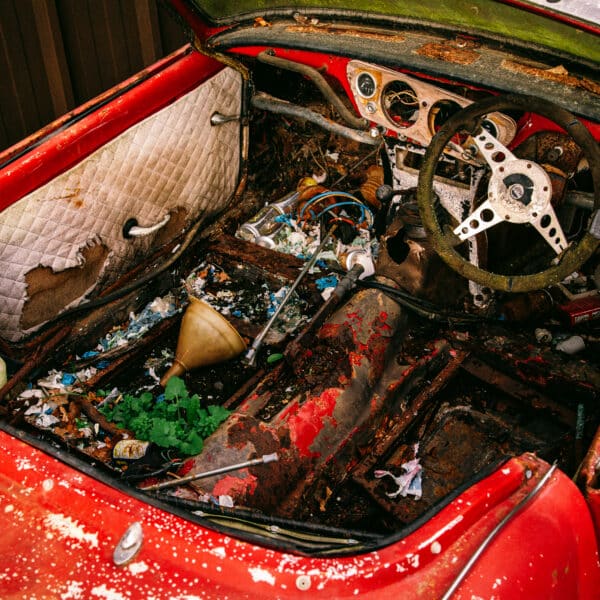
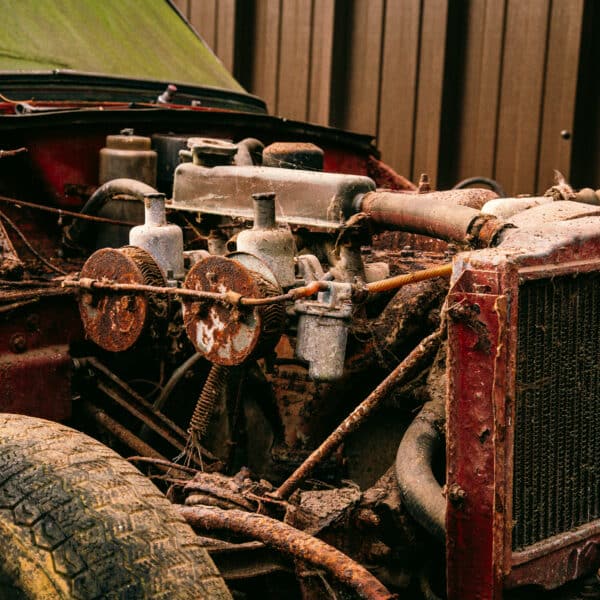
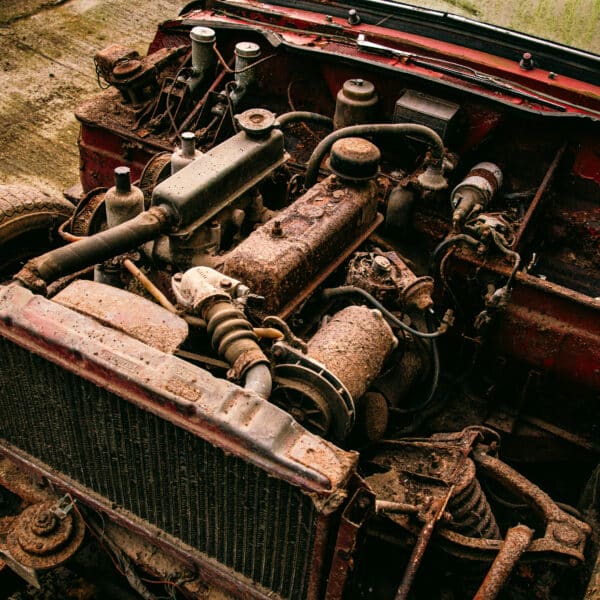
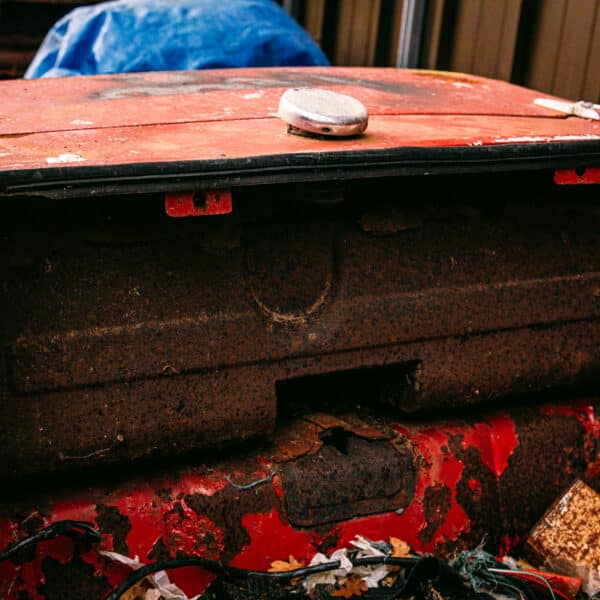



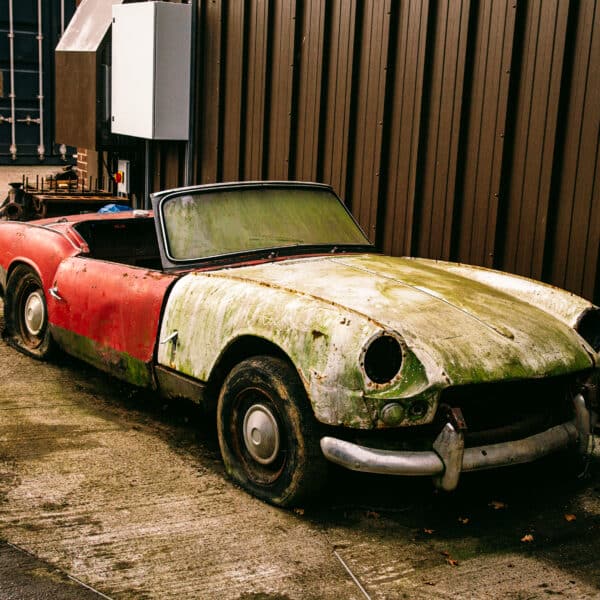

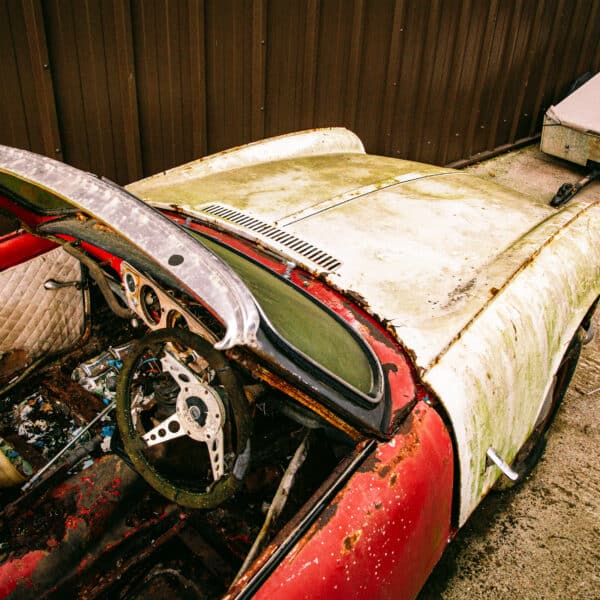
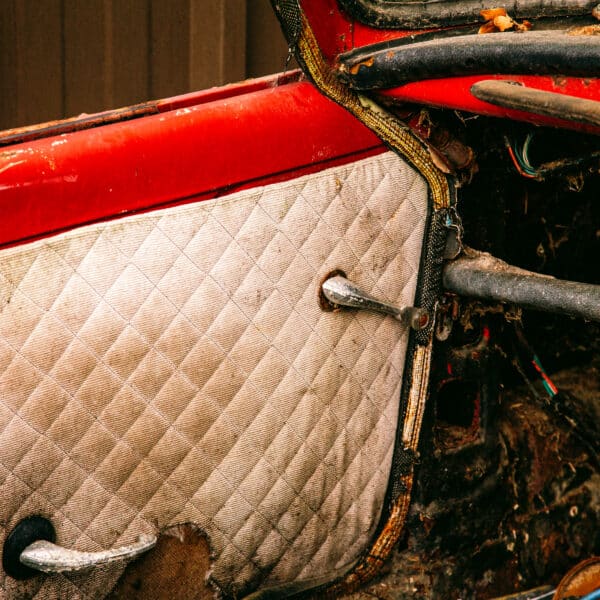
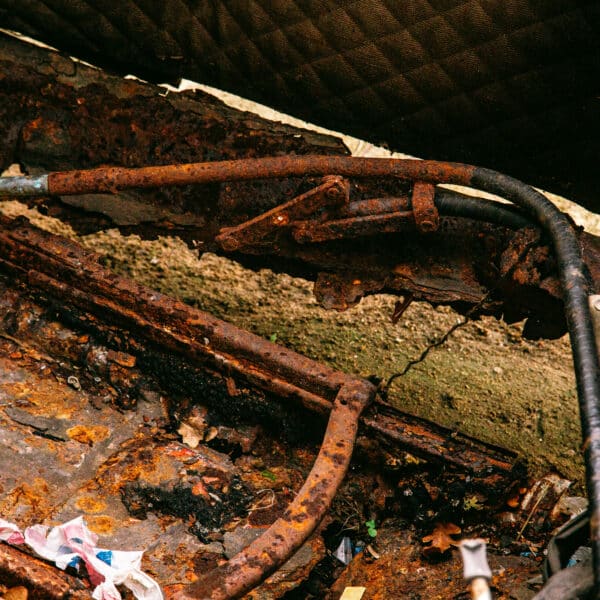

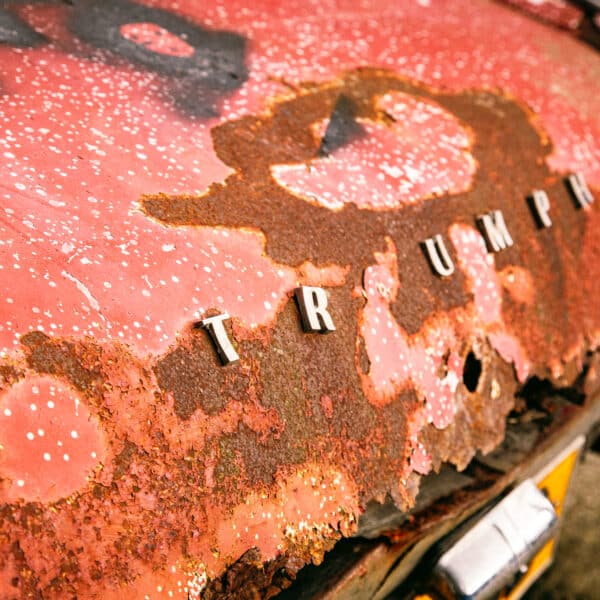

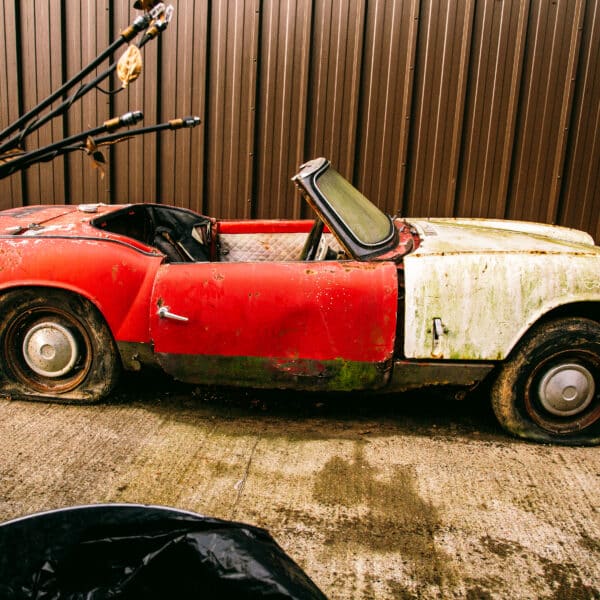
One response to “1963 Triumph Spitfire FC65 – The Sixty-Fifth Spitfire”
-
Give Yorkshire Car Restoration ( they have,a You Tube channel, I’ve seen them restore worse and their workmanship ….oh my goodness

Leave a Reply
You must be logged in to post a comment.